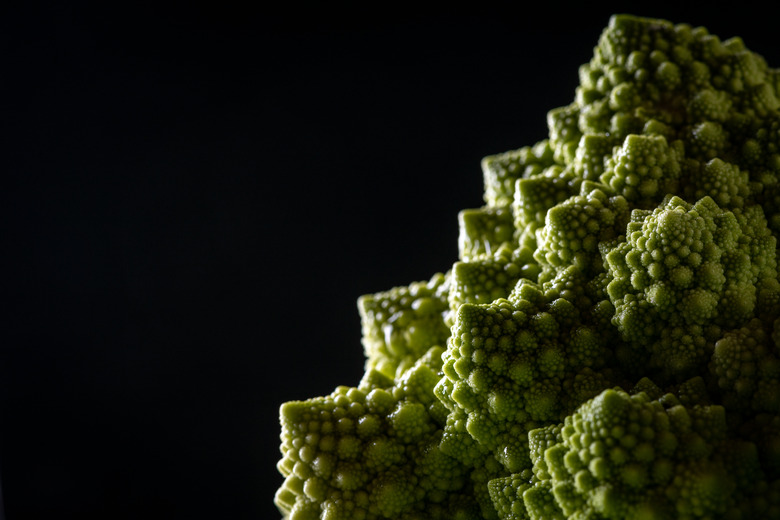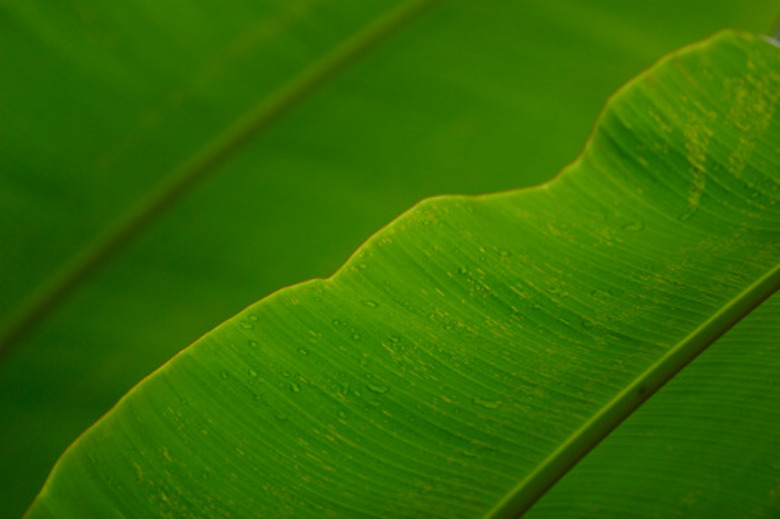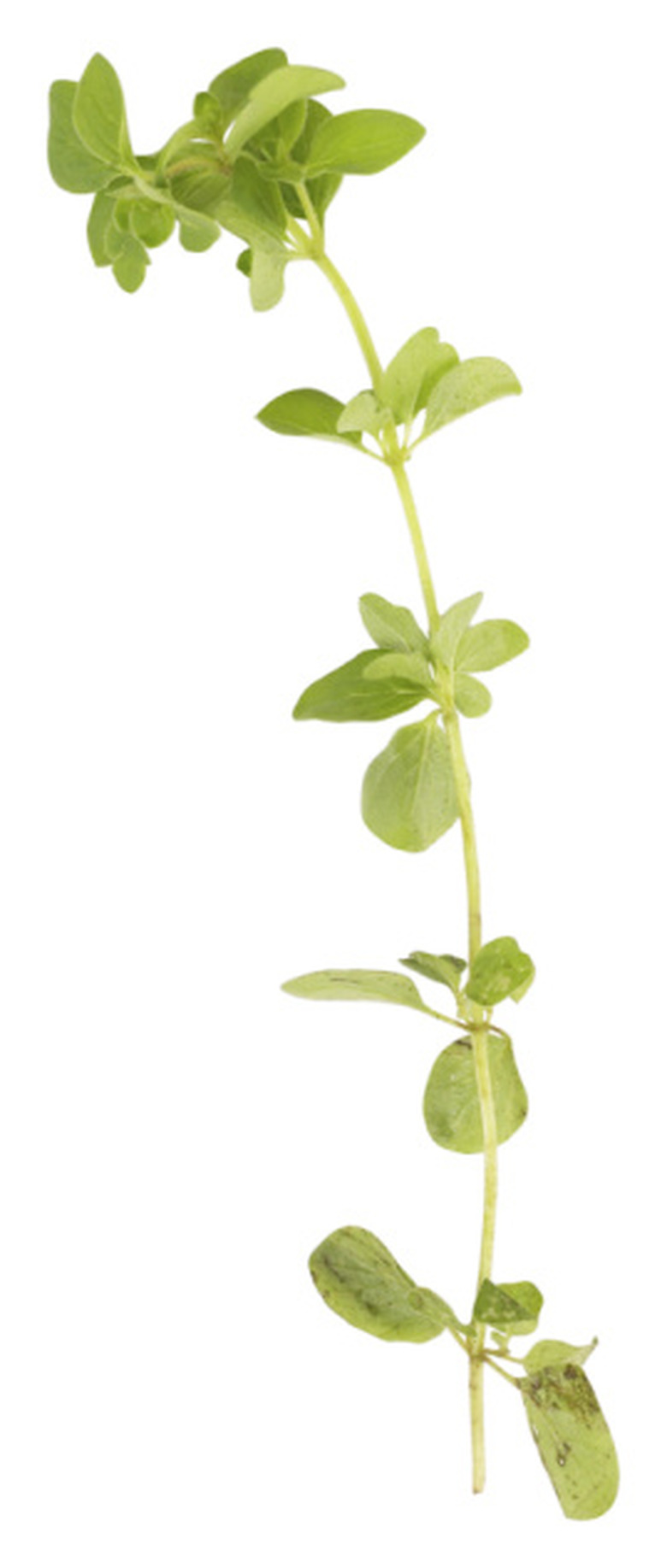Steps To Photosynthesis For Middle School Science
Photosynthesis is a science topic that is included in many middle school texts. Though the process can be explained in very simple terms, it is a complex process at the molecular level. However, the process can be effectively and accurately taught to middle school students, as long as several major components of the process are included. Simplification is necessary so that middle school students can conceptualize this abstract process. Observing the growth of plants will not demonstrate photosynthesis to them. However, they will be able to see the outward manifestation of photosynthesis.
Step 1
Photosynthesis begins with exposure to the sun's rays. Without the sun's rays, there would be no green plants, since the sun is an essential part of photosynthesis. Exposure to the sun's rays allows the chemical processes that drive plant food production to occur.
Step 2
Absorbing the sun's rays is the function of chlorophyll, which can be found in the leaf's chloroplasts, which are small organelles in the leaves of plants. In turn, the chloroplasts, are responsible for taking in the energy from the sun and converting it to sugar that can be used as plant food.
Step 3
Water that has been absorbed through the root system travels through the plant and to the leaves. Chloroplasts destroy the integrity of the water molecule by splitting it into hydrogen and oxygen. Once these two atoms are free, hydrogen can be accessed to combine with carbon and produce sugar or plant food.
Step 4
Sugar is transported throughout the plant by special transport cells called phloem. The phloem provides the sugar to the leaves and entire stem so that the energy, stored in the sugar can be used.
Step 5
The oxygen remaining from the split water molecule is released into the atmosphere. The release of oxygen, as a by product of photosynthesis, helps provide other plants and animals with a renewable oxygen source. That is why the air is cleaner in rural areas, compared to urban areas.
Things Needed
- plant
- sun light
References
Cite This Article
MLA
Bradley, Katherine. "Steps To Photosynthesis For Middle School Science" sciencing.com, https://www.sciencing.com/steps-photosynthesis-middle-school-science-8544590/. 22 November 2019.
APA
Bradley, Katherine. (2019, November 22). Steps To Photosynthesis For Middle School Science. sciencing.com. Retrieved from https://www.sciencing.com/steps-photosynthesis-middle-school-science-8544590/
Chicago
Bradley, Katherine. Steps To Photosynthesis For Middle School Science last modified August 30, 2022. https://www.sciencing.com/steps-photosynthesis-middle-school-science-8544590/





